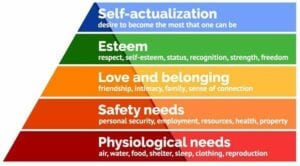We live more than ever in a fast-paced and changing world. Change feels unnatural and hard, so we view it as a risk. When you look at the Maslow Pyramid (Hierarchy of Needs) shown below, you can see that humans seek safety before they can find fulfillment.
So what can we do about it?
We need to understand why people feel unsafe when they have to change. Most of the time, they feel they will lose some knowledge or ability. They were doing great before the change, so why do something different? I remember when I met a smart, successful trader. He was mastering Excel- a critical tool for him. He told me that he would never switch to the new version of Excel because all of the shortcuts had changed.
“People are seeing the risks before the opportunity for positive change.”
Here are some tools I use to help people feel more confident about change:
- Listen and be curious. It’s important to understand how a person feels about changing. What are their blockers? Perhaps they have concerns about how the change could impact their day-to-day work. If so, it would be important to understand what they do and how they do it. In the example above I found out that shortcut changes were the issue, but I also found out that my peer had been doing extra work that would no longer be necessary in the new version of Excel.
- Show the benefit (what’s in it for me?). It’s important to contextualize the benefits of a given change. These benefits might be very different from one person to the other. Then, it is also key to showcase the real-life benefits. The trader was excited to try the new version of Excel when he realized that it would save him valuable time!
- Reassure. It’s not just because people understand the benefits that they come to fully embrace change. They also need to understand how much effort is required in order to execute the change. Further, it is important that they realize that they will be supported during the transition. It is helpful if their peers can share their own success stories from the change event.
- Give time, respect failures, foster initiatives. Most of the time, people are afraid to change because they feel pressured to succeed right away. I think this is the number one reason why change programs fail. It’s important to acknowledge that the change won’t take place overnight and that it’s a trial-and-error journey. The key is to have momentum. When people start to express initiative, even if there is some discomfort or awkwardness, let them take action and see what comes out of it. Look for and support that momentum when you see it.
- Give a genuine purpose that fits your culture. I remember working with managers at a pharmaceutical company who wanted to deploy an enterprise social network (ESN) to foster collaboration. They were willing to enforce use of the ESN, but only within their team. They were afraid that they would be judged by their management for spending too much time sharing rather than producing and executing. Their goal of being more collaborative, transparent, and open-minded in order to invent life-saving medication was faced up against the internal culture of control.
- Repeat it, make it simple, offer help. Studies in neuroscience have shown that in order to master a new task, you need to wire your neurons by doing the same thing over and over. It takes an average of 10,000 hours to master a subject. We don’t usually have the luxury of spending that much time learning a new topic, so we have to choose how we want to approach the task. We need to do one or more of the following: collectively accept that it will take time, determine that it’s not perfect but it’s ok, make the change as simple as it can be, focus on the main benefits, and/or we need to help people to succeed without doing it for them (think of the saying “give a man a fish and you feed him for a day; teach a man to fish and you feed him for a lifetime”).
At Planet Technologies, we approach change management in a pragmatic way, we provide experience and expertise, and we adjust our methodology to the customer context and maturity, adding a great learning platform: https://o365support.com/solutions/learning-strategies-change-management/
Click HERE for a detailed webcast that discuss how we approach Organizational Change Management (OCM).
Click HERE for more tips about change management.
Click HERE to follow my YouTube channel.
Click HERE to follow me on LinkedIn.


